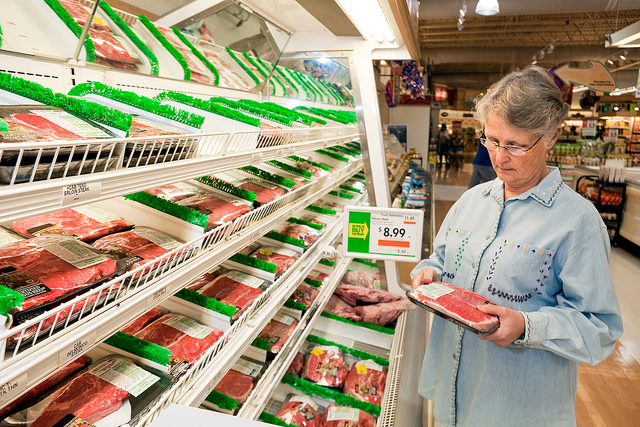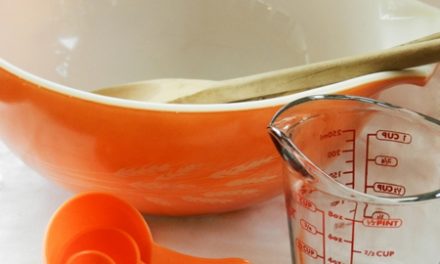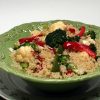Food choices made over the long run, day-to-day and week-to-week, add up to good nutritional health. Being flexible is part of making healthy eating fit into your lifestyle – and your budget.
No one set of menus or recipes, whatever the cost, can satisfy everyone and you can’t always eat as planned. But these money saving tips will help you stick to your budget while following your diabetic meal plan.
Before Going to the Store
- Eat something healthy. Don’t shop hungry.
- In the kitchen, make a list of meal ideas for the coming week. Keep in mind the days you’ll have time to cook from scratch and the days you’ll be pressed for time. Then, make a grocery list and stick to it.
- Review store ads, clip coupons, and organize them at home.
At the Grocery Store
- Sign up for your grocer’s bonus/discount card for additional savings.
- Try store brands. The most costly brands are often placed at eye-level. Store brands that may be cheaper and just as good are often placed higher or lower on the grocery shelves.
- Look for the unit price to compare similar foods. It tells you the cost per ounce, pound, or pint, so you’ll know which brand or size is the best buy. Most stores show the unit price on a shelf sticker just below the product.

Shop Farmers’ Markets for Diabetic Meal Planning on a Budget
- Buy in-season fruits and vegetables. Use local farmers’ markets when possible, the foods are fresher and tend to cost less.
- Purchase canned (in water or in their own juice, not heavy syrup) and frozen fruits and vegetables. They’re healthy, too, and will last longer.
- Buy milk (fat-free or low-fat) in large containers (gallon or 1/2 gallon) that generally cost less than milk in quart containers. Milk sold at “24-hour” convenience stores usually costs more than that sold at supermarket food stores. (Non-fat dry milk is the least expensive way to go.)
- The whole may be cheaper than the parts, buy a whole chicken and cut it into pieces at home instead of buying pre-cut chicken (breasts, legs, and wings) that may be more expensive.
- Stock up on sale items you can use in a timely manner. Buy in bulk for quality and value, but serve healthy portions.
- Use your food budget wisely. For the price of a large bag of chips and a box of cookies, you can buy a lot of apples, bananas, carrots, potatoes, peppers, and other healthier foods.
For Later at Home
- Assemble healthy snacks at home in small baggies using foods such as nuts and seeds, low-fat cheese, and fresh veggies and fruits, rather than buying less healthy and more expensive prepackaged and processed snacks,
- Do “batch cooking” when the food budget and time allow. Cook a large amount of spaghetti sauce, divide it into family-size portions, and freeze them promptly for meals later in the month.
- Take advantage of planned leftovers to cut preparation time and save food dollars. For example, prepare a roast, serve half of it, and freeze the remaining half to use later with vegetables for a quick soup or in other dishes.
By using these tips, you will save money on groceries. But the added benefit beyond savings is that it will lead to healthier food choices and make it easier to follow your meal plan.
Credits: Photo by Stephen Ausmus, USDA.







